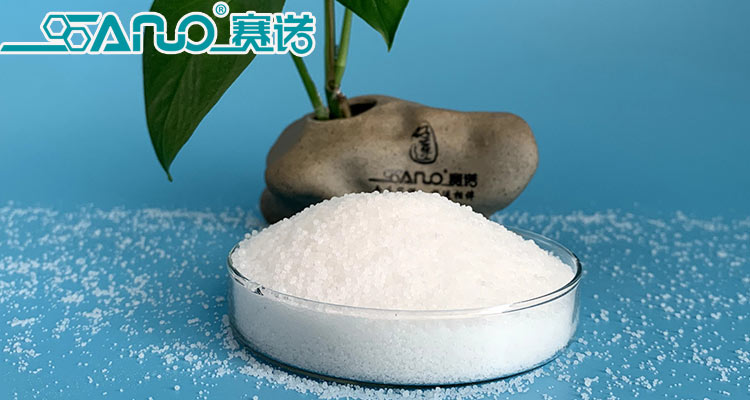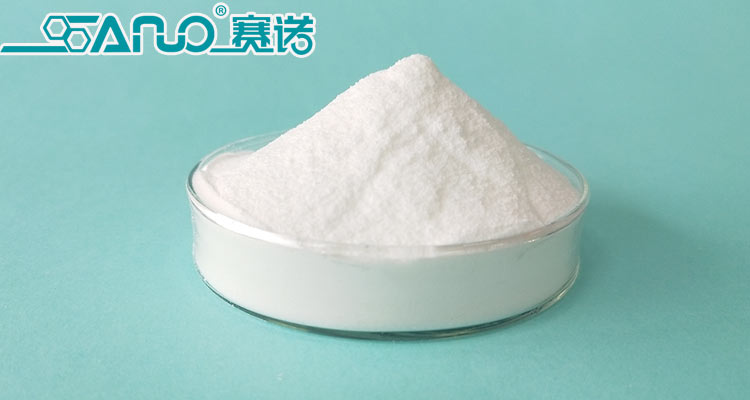Heat stabilizer is one of the indispensable main additives in PVC processing. PVC heat stabilizer is used in a small number, but its role is huge. The use of heat stabilizer in PVC processing can ensure that PVC is not easy to degrade and relatively stable. The polyethylene wax used in PVC stabilizer shall achieve lubrication balance effect. In the process of product processing, it is conducive to plasticization, dispersion and mixing, forming appearance and balanced flow rate; And achieve heat conduction and balance without adhesion and retention; Generally, it takes into account the process of PE wax (lubricant) and the early, middle and late stages. At the same time, the smoothness of the stabilizer shall be considered, taking into account the internal and external smoothness.

Heat stabilizers commonly used in PVC processing include basic lead salt stabilizers, metal soap stabilizers, organotin stabilizers, rare earth stabilizers, epoxy compounds, etc.
Lead salt stabilizer
Lead salt is the most commonly used heat stabilizer for PVC, and its dosage can account for more than half of PVC heat stabilizer.
Advantages of lead salt stabilizer: excellent thermal stability, long-term thermal stability, excellent electrical insulation and good weather resistance.
Disadvantages of lead salt stabilizer: poor dispersion, high toxicity, initial coloring, difficult to obtain transparent products and bright colored products, lack of lubricity, so as to produce sulfur and isolate pollution.
The commonly used lead salt stabilizers are:
Tribasic lead sulfate, molecular formula: 3PbO · PbSO4 · H2O, code TLS, white powder, density 6.4g/cm3. Tribasic lead sulfate is a commonly used stabilizer. It is generally used together with dibasic lead phosphite. Lubricant needs to be added because it has no lubricity. It is mainly used in PVC hard opaque products, and the dosage is generally 2 ~ 7 parts.
Dibasic lead phosphite, molecular formula: 2PbO · pbhpo3 · 1 / 2H2O, code DL, white powder, density 6.1g/cm3. The thermal stability of dibasic lead phosphite is slightly lower than that of tribasic lead sulfate, but the weather resistance is better than that of tribasic lead sulfate. Dibasic lead phosphite is often used together with tribasic lead sulfate, and the dosage is generally about half of that of tribasic lead sulfate.
Dibasic lead stearate, code named DLS, is not as common as tribasic lead sulfate and dibasic lead phosphite and has lubricity. It is often used in combination with tribasic lead sulfate and dibasic lead phosphite in an amount of 0.5 ~ 1.5 phr.
In order to prevent the toxic powdered lead salt stabilizer from flying away, seriously pollute the production environment and improve the dispersion effect of the stabilizer, dust-free composite lead salt heat stabilizer has been developed and applied at home and abroad. The manufacturing process is:
Under heating and mixing conditions, various lead salt stabilizers and auxiliary heat stabilizers with synergistic effects are fully dispersed and mixed with internal and external lubricants to make granular or flake lead salt composite stabilizers. It can meet the technical requirements of thermal stability and internal and external lubrication by adding it to PVC resin according to a certain number of parts (without adding other stabilizers and lubricants).
It is reported that the lead salt stabilizer used in the manufacture of dust-free lead salt composite stabilizer has fine particles, which increases the surface area of reaction with hydrogen chloride. Because it is compounded with internal and external lubricants, it has excellent dispersion, significantly improved thermal stability efficiency and reduced dosage.

Metal soaps
The amount of main stabilizer is the second largest category after lead salt. Although its thermal stability is not as good as lead salt, it also has lubricity. It is non-toxic except CD and Pb, transparent except Pb and Ca, and has no vulcanization pollution. Therefore, it is widely used in soft PVC, such as non-toxic and transparent.
Metal soaps can be metal (lead, barium, cadmium, zinc, calcium, etc.) salts of fatty acids (lauric acid, stearic acid, naphthenic acid, etc.), among which stearate is the most commonly used. The order of thermal stability is: zinc salt > cadmium salt > lead salt > calcium salt / barium salt.
Metal soaps are generally not used alone. They are often used between metal soaps or in combination with lead salts and organic tin.
Zinc stearate (znst), non-toxic and transparent, is easy to cause “zinc burning”, which is often used together with BA and Ca soaps.
Calcium stearate (CAST), with good processability, no sulfide pollution and transparency, is often used together with Zn soap.
Cadmium stearate (cdst), as an important transparent stabilizer, has great toxicity and is not resistant to sulfide pollution. It is often used together with BA soap.
Lead stearate (PBST), with good thermal stability, can also be used as lubricant. The disadvantages are easy to precipitate, poor transparency, toxic and serious sulfide pollution. It is often used together with BA and CD soaps.
Barium stearate (BST), non-toxic, anti sulfide pollution, transparent, often used with Pb and Ca soaps.
The research results and practice show that the metal soap heat stabilizer is generally not suitable to be used alone, and good synergistic effect can be obtained by compound use. Due to the difference of anionic part, synergist, solvent or dispersion of metal soap heat stabilizer, composite metal soap heat stabilizer can be divided into solid and liquid.
Calcium stearate and zinc are non-toxic heat stabilizers with low price, which are suitable for PVC products for food packaging. The results show that the zinc soap stabilizer has high ionization potential energy, reacts with allyl chloride on PVC molecule, can stabilize PVC and inhibit the initial coloring effect. However, ZnCl2 produced by the reaction is a catalyst for removing HCl and can promote the degradation of PVC. The combined calcium soap can not only react with HCl, but also react with ZnCl2 to form CaCl2 and regenerate zinc soap. CaCl2 has no catalytic effect on the removal of HCl, and the complexation of ZnCl2 with calcium derivatives can reduce its catalytic ability for the removal of HCl. The combination of epoxy compounds with calcium and zinc soaps has good synergistic effect. Generally, the non-toxic composite heat stabilizer is mainly composed of calcium stearate, zinc stearate and epoxy soybean oleate. It is worth noting that, β- The combination of diketone new auxiliary heat stabilizer and calcium and zinc soap stabilizer promotes the expansion of the use of non-toxic calcium and zinc composite stabilizer. It is used in some food packaging materials such as PVC bottles and sheets.
Qingdao Sainuo Chemical Co.,Ltd. We are manufacturer for PE wax, PP wax, OPE wax, EVA wax, PEMA, EBS,Zinc/Calcium Stearate…. Our products have passed the REACH, ROHS, PAHS, FDA testing.
Sainuo rest assured wax, welcome your inquiry!
Website:https://www.sanowax.com
E-mail:sales@qdsainuo.com
sales1@qdsainuo.com
Adress:Room 2702,Block B, Suning Building, Jingkou Road, Licang District, Qingdao, China
Post time: Mar-14-2022
